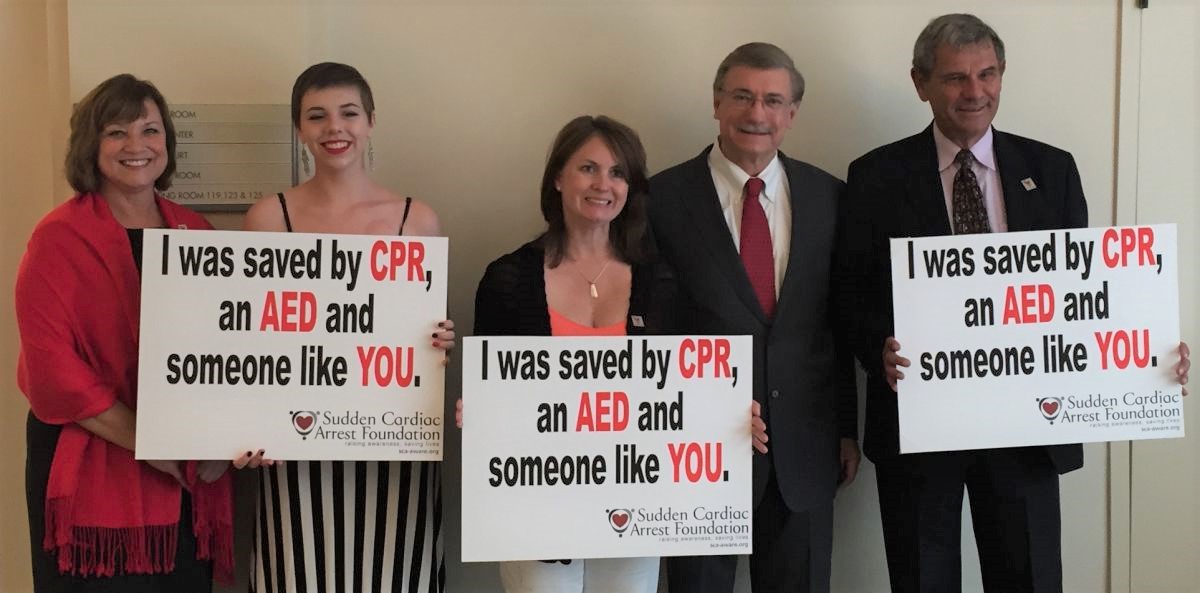How you answer these challenges, and what you do with the information you learn, can be a matter of life or death.
Do I Really Need an AED Program?
If you haven’t already implemented an AED program you may be relying on emergency response to provide treatment for someone who suffers a Sudden Cardiac Arrest. Do you know these three facts?
- For every minute an individual is unconscious due to Sudden Cardiac Arrest, their chance of survival is reduced by 10% ²
- The typical emergency response time exceeds 14 minutes. ³
- Good CPR compressions, while waiting for emergency response, can increase survival because it drives oxygen to the brain.
OSHA recommends workplaces implement AED programs, and states continue to require AEDs in certain public places. Many companies and organizations are choosing to have a Public Access Defibrillation program regardless of mandates.
Once you have made the decision to implement an AED program, the management of the AED devices locations, their use and maintenance as well as the replacement of disposables and the training of first responders can become a challenge and are often not well managed.
What Should a Complete Program Include?
Consistent with guidelines developed by AHA, the American College of Occupational and Environmental Medicine, recommends an eight-step program:
- Project management, which includes establishing responsibility, goals, budget and timeline.
- Site assessment to determine the risk of SCA among workers, customers and other visitors to your site; and identify possible locations for AEDs.
- Medical direction and oversight to meet most states' requirements that AEDs be prescribed by a state-licensed physician.
- Approved AHA/CPR training, which should be provided to people in various jobs, work locations and on all work shifts to ensure there is always someone who can respond.
- Equipment selection from an approved AED resale partner and experienced AED specialist.
- Maintenance, which involves tracking expiration dates on supplies, including electrode pads and batteries.
- Post-event service, which includes cardiac event data download and replenishment of consumables such as gloves and electrode pads.
- Documentation and recordkeeping, which should include the site assessment, maintenance and testing records, and training logs.
- If you do not have an AED program, having your staff trained on how to perform good CPR can increase the overall survival rate of someone in sudden cardiac arrest.
____________________________________________
Mary Wynne is honored to be a leader in an industry that focuses on Savings Lives and enjoys working closely with industry, corporations, primary and secondary schools and state and local government helping to increase the chance of survival from Sudden Cardiac Arrest and Mass Casualty. As president, Mary leads a team of highly qualified staff who will assist organizations in the procurement and maintenance of AED equipment, Public Access Defibrillation program management and mass casualty preparation programs.

